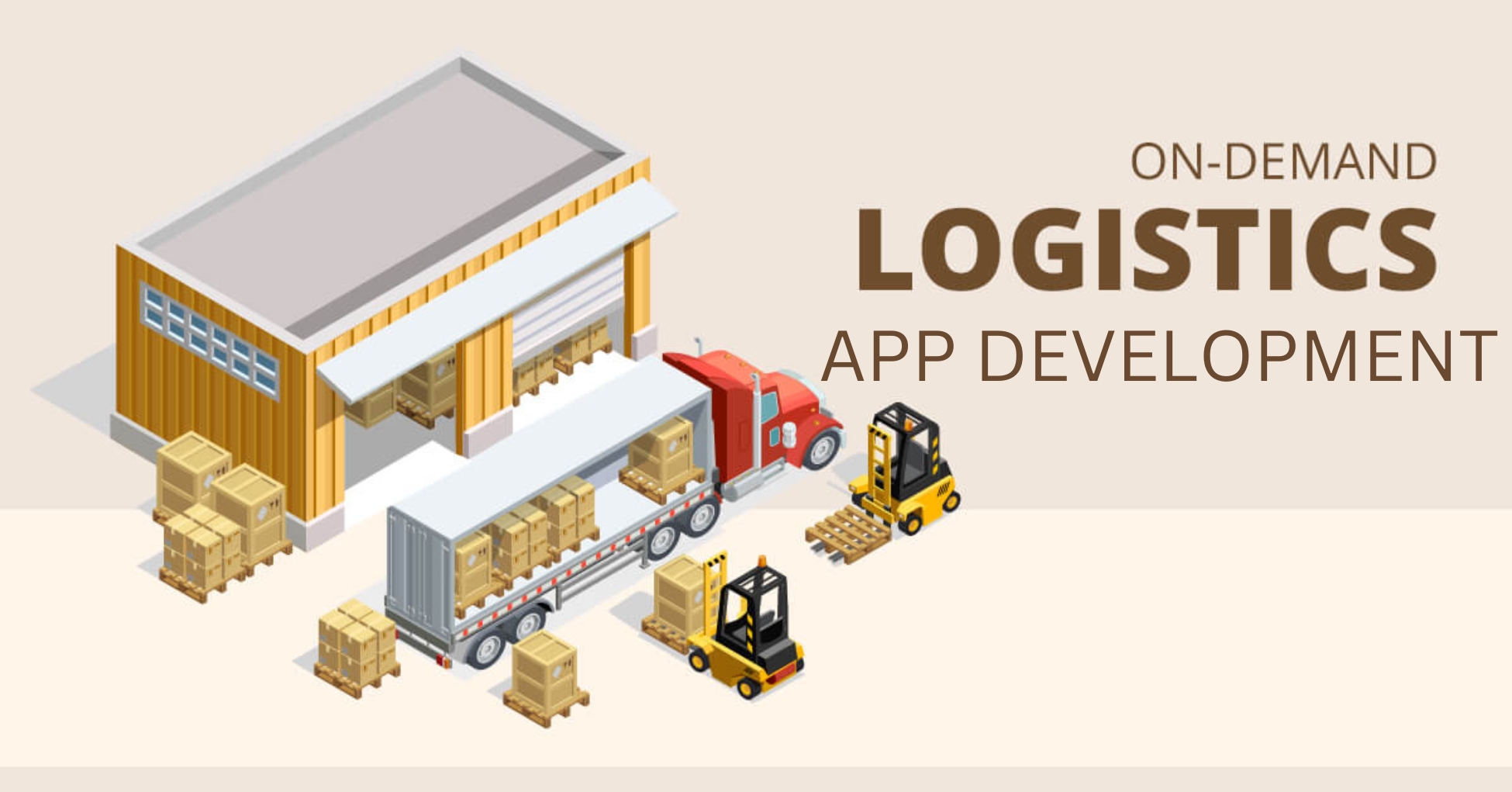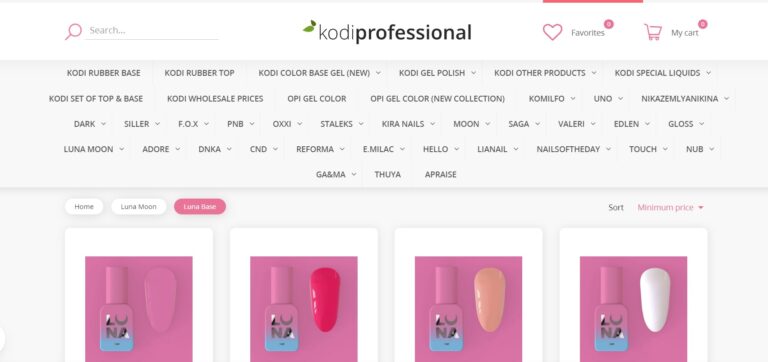In the rapidly evolving landscape of logistics, the integration of technology has played a pivotal role in enhancing efficiency and customer satisfaction. One such transformative innovation is the development of on-demand logistics apps. Let’s delve into the key aspects of on-demand logistics app development and how it is reshaping the industry.
Streamlining Operations for Efficiency
Traditional logistics operations often involve complex processes and time-consuming manual tasks. On-demand logistics apps streamline these operations by automating various tasks, such as order processing, route optimization, and real-time tracking. This results in improved efficiency, reduced errors, and quicker delivery times.
Real-Time Tracking for Enhanced Visibility
One of the standout features of on-demand logistics apps is real-time tracking. Shippers and customers can track the movement of goods in real-time, providing enhanced visibility into the entire supply chain. This transparency not only builds trust but also allows for proactive decision-making in case of delays or unforeseen issues.
Optimized Route Planning
Efficient route planning is crucial in logistics to minimize transportation costs and delivery time. On-demand logistics apps leverage advanced algorithms to optimize route planning, considering factors like traffic, weather conditions, and delivery windows. This not only reduces fuel consumption but also ensures timely deliveries.
Inventory Management
On-demand logistics apps come equipped with robust inventory management features. Warehouse managers can monitor stock levels in real-time, automate inventory replenishment, and track the movement of goods within the facility. This leads to better inventory control, minimizing the risk of stockouts or overstock situations.
Customer-Centric Features
The customer experience is at the forefront of on-demand logistics app development. Features like instant order booking, real-time updates, and digital proof of delivery enhance customer satisfaction. The ability to provide accurate ETAs and communicate delays in advance contributes to a positive and transparent customer experience.
Scalability and Flexibility
Logistics businesses often experience fluctuations in demand. On-demand logistics apps offer scalability and flexibility to adapt to changing requirements. Whether it’s handling a sudden surge in orders or expanding operations to new regions, these apps provide the necessary infrastructure for seamless scalability.
Cost Savings and Resource Optimization
Automation and optimization achieved through on-demand logistics apps translate into significant cost savings. From fuel efficiency through optimized routes to reduced manual labor in managing inventory, businesses can allocate resources more effectively, leading to a healthier bottom line.
Data Analytics for Informed Decision-Making
On-demand logistics apps generate a wealth of data that can be leveraged for informed decision-making. Analyzing data on delivery times, customer preferences, and operational efficiency enables logistics companies to identify areas for improvement and innovation.
Conclusion
The on-demand logistics app development is not just a technological evolution but a fundamental shift in how logistics operations are conducted. With enhanced efficiency, improved visibility, and a customer-centric approach, these apps are driving the logistics industry toward a future where speed, accuracy, and adaptability are paramount. As logistics companies continue to embrace this technological revolution, the benefits of on-demand logistics apps are poised to shape the industry’s trajectory for years to come.



















